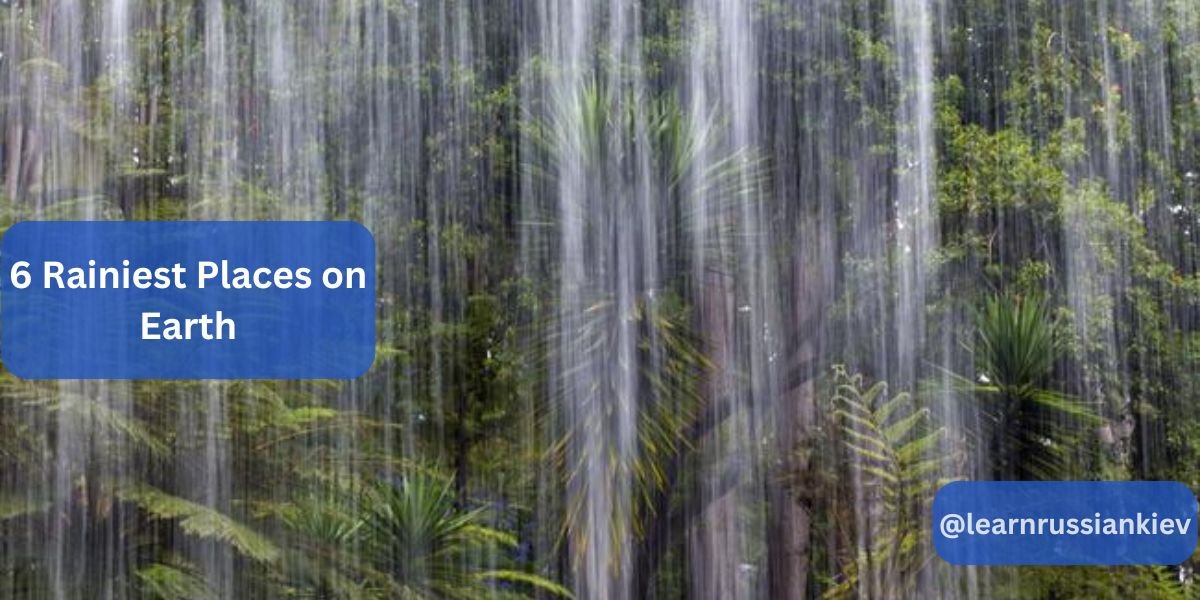Have you ever wondered where on Earth the rain never seems to stop? From misty mountains to lush jungles, some places receive an astonishing amount of rainfall. Let’s dive into the six rainiest places on our planet, where rain is more than just a weather phenomenon—it’s a way of life.
Mawsynram, India
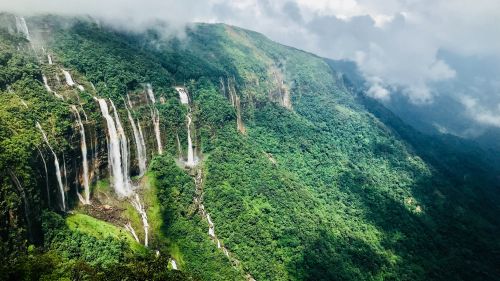
Nestled in the hills of Meghalaya, Mawsynram holds the title for the highest annual rainfall on Earth. This village receives an average of 467 inches of rain each year. Imagine that!
What Makes Mawsynram So Rainy?
Mawsynram’s unique geographical position plays a crucial role. It’s perched on the windward side of the Khasi Hills, where the Bay of Bengal’s monsoon winds unload massive amounts of moisture. The result? Torrential rains that seem never-ending.
Life in Mawsynram
Living in Mawsynram means adapting to constant wet weather. From traditional thatched roofs designed to handle the heavy downpours to the vibrant green landscapes that thrive in this environment, the locals have made rain an integral part of their culture.
Cherrapunji, India

Just a stone’s throw from Mawsynram, Cherrapunji was once the rainiest place on Earth. It still holds the record for the most rainfall in a single year—over 1,000 inches in 1861!
The Unique Ecosystem
Cherrapunji boasts some of the most stunning landscapes, including living root bridges, verdant valleys, and cascading waterfalls. The heavy rainfall nurtures a diverse ecosystem, making it a haven for nature lovers.
The People and Their Traditions
The Khasi people of Cherrapunji have developed unique ways to live with the rain. Their traditional bamboo huts and rain shields are marvels of local ingenuity, allowing them to thrive in this extraordinarily wet environment.
Tutunendo, Colombia
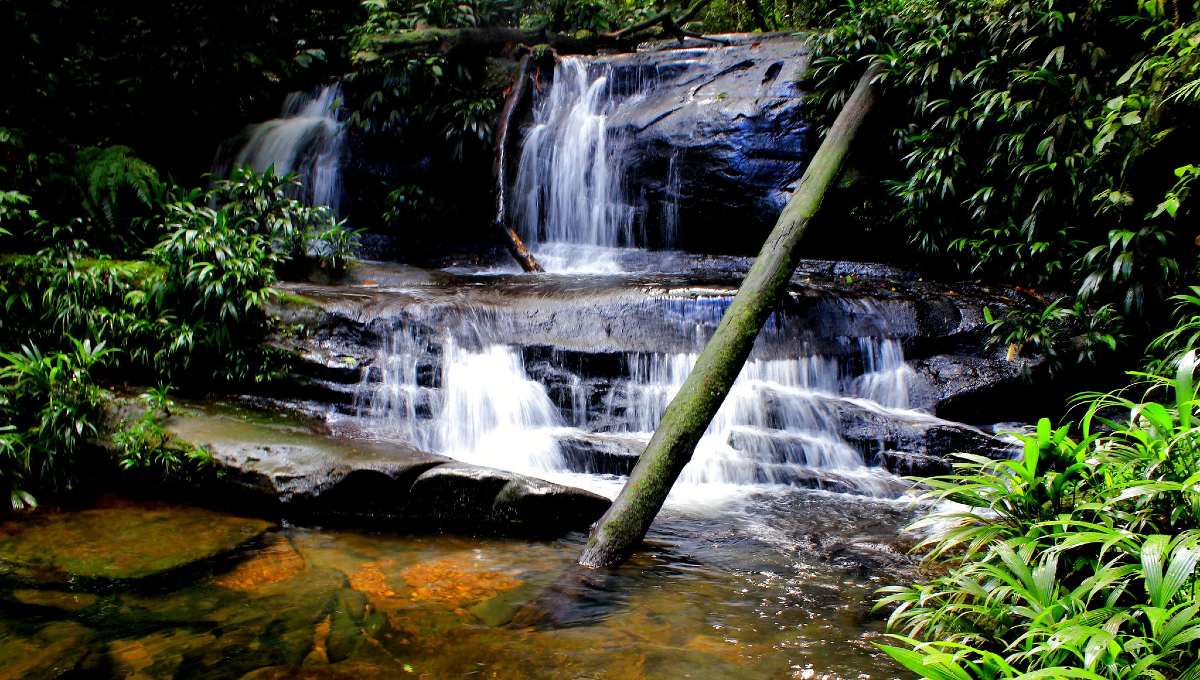
Tutunendo, a small town in the Chocó Department of Colombia, receives an average annual rainfall of 463 inches. The rain here is so consistent that even the locals carry umbrellas year-round.
The Role of the Intertropical Convergence Zone
Tutunendo’s location near the Equator and the Intertropical Convergence Zone (ITCZ) means it gets frequent, heavy rain showers. The ITCZ is where the northeast and southeast trade winds converge, creating a hotbed for rainstorms.
Daily Life in Tutunendo
Despite the relentless rain, Tutunendo’s residents have adapted remarkably. They celebrate their lush environment with vibrant festivals, colorful markets, and a deep connection to the rainforest.
Cropp River, New Zealand
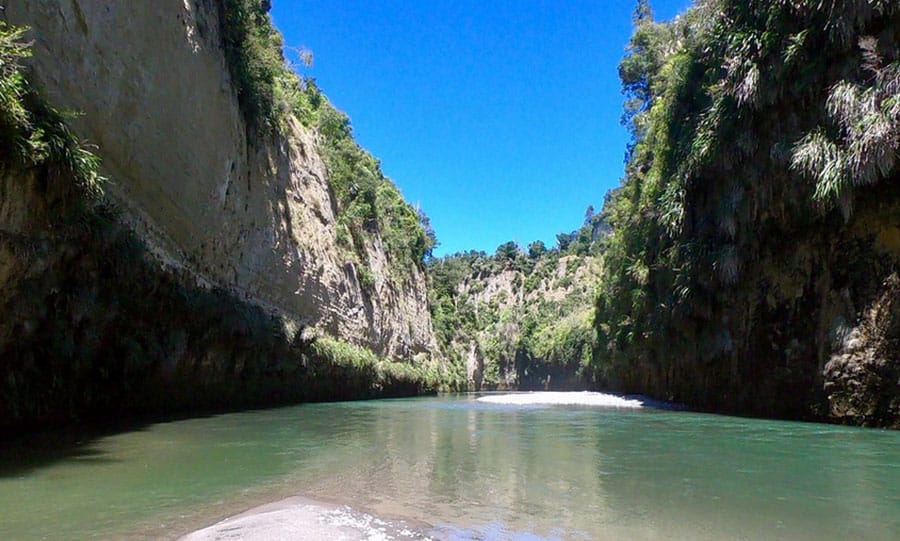
Cropp River, located on New Zealand’s South Island, is known for its astonishing rainfall. It recorded 455 inches of rain in 1998, the highest annual total ever in the country.
The Role of the Southern Alps
The Southern Alps create a barrier that forces moist air upwards, leading to heavy precipitation on the western side. This orographic effect ensures Cropp River remains perpetually drenched.
Living Amidst the Rain
Residents of this remote area have become adept at dealing with floods and landslides. Their resilience is a testament to human adaptability in the face of nature’s extremes.
Debundscha, Cameroon
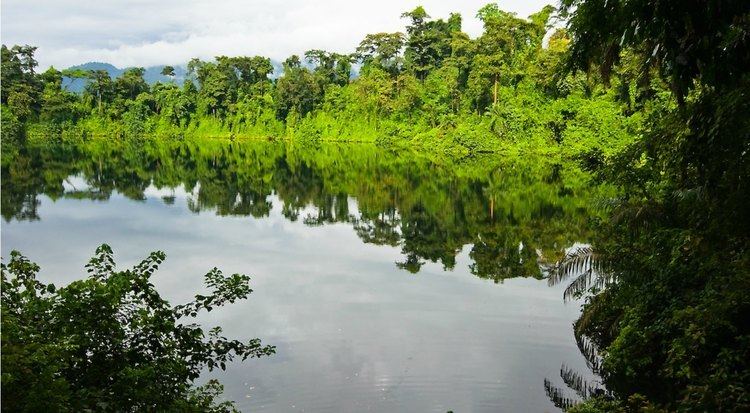
At the foot of Mount Cameroon, Debundscha experiences around 405 inches of rain annually. This tropical haven is one of Africa’s greenest regions, thanks to its copious rainfall.
Mount Cameroon’s Influence
Mount Cameroon, an active volcano, influences the weather patterns in Debundscha. The mountain traps moisture-laden winds from the Atlantic Ocean, causing them to release their cargo as rain.
The Flora and Fauna
Debundscha’s rich biodiversity thrives in this wet climate. From rare orchids to unique animal species, the area is a hotspot for biodiversity, drawing scientists and nature enthusiasts alike.
Big Bog, Hawaii

Big Bog, located on the island of Maui, is the wettest spot in the United States, receiving an average of 404 inches of rain per year. It’s a remote and mystical place that few get to experience firsthand.
The Influence of Trade Winds
Hawaii’s trade winds bring moist air from the Pacific Ocean, which then ascends the volcanic slopes of the islands. This process results in frequent and intense rainfall, particularly in areas like Big Bog.
Exploring Big Bog
Though it’s difficult to access, those who make the journey to Big Bog are rewarded with breathtaking views and an otherworldly experience. The lush vegetation and serene atmosphere make it a true natural wonder.
Conclusion
Exploring the world’s rainiest places gives us a glimpse into nature’s incredible power and beauty. From Mawsynram’s record-breaking rains to the lush landscapes of Big Bog, these regions remind us of the importance of rain in sustaining life on Earth. They also highlight the resilience and adaptability of the people who call these wettest places home.
FAQs:
Q1: Why does Mawsynram receive so much rain?
A1: Mawsynram’s heavy rainfall is due to its location on the windward side of the Khasi Hills, where monsoon winds from the Bay of Bengal unload vast amounts of moisture.
Q2: How do people in Cherrapunji cope with the constant rain?
A2: The locals in Cherrapunji use traditional bamboo huts and rain shields to manage the heavy rainfall, integrating these elements into their daily lives and culture.
Q3: What is the Intertropical Convergence Zone (ITCZ)?
A3: The ITCZ is a region near the Equator where the northeast and southeast trade winds converge, creating conditions conducive to frequent and heavy rainfall.
Q4: Why is Big Bog in Hawaii so rainy?
A4: Big Bog receives significant rainfall due to Hawaii’s trade winds, which bring moist air from the Pacific Ocean that ascends the volcanic slopes, causing intense precipitation.

